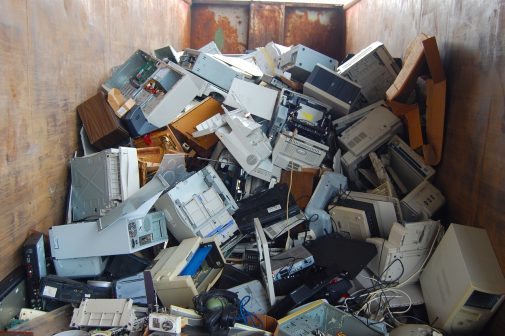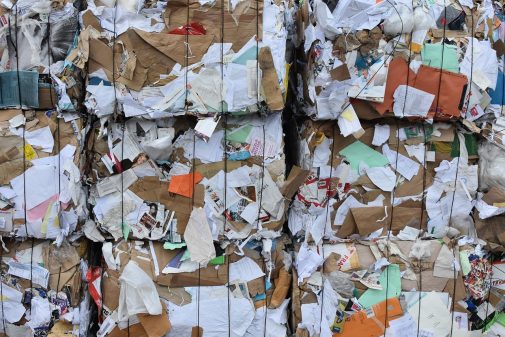It feels like the route to delivering a cleaner marketing plan has, for many, begun in earnest. We’re all grappling to understand and measure the impact our marketing channels are having on the environment, from going paperless, carbon offsetting electrically powered emails and newsletters, to procurement and supply chain measurement. It’s a complex new world that we’re not really knowledge-equipped for but one that we do really need to get right.
The spotlight is firmly on achieving more environmentally friendly solutions and many businesses are now working harder than ever to protect the planet. Marketing teams are perfectly placed as visionaries and communicators to challenge, lead and then tell the good story.
One thing we’ve all learned in marketing is that assumption and knee-jerk reaction can be counterproductive at best and really damaging at worst. This applies just as much to our impact on the planet as to ROI, so we thought we’d demystify some commonly held beliefs about print marketing; not just because we’re passionate about it but because there’s a lot of myths clouding the debate. But Before we begin to take a closer look at trees…
Did you know?
The ICT industry accounts for 5-9% of electricity use – more than 2% of global greenhouse gas emissions (as much as all air traffic). If left unchecked, the ICT footprint could increase to 14% of global emissions by 2040.
The electronic waste problem is colossal and growing. In 2019, the industry was responsible for 53.6 million metric tonnes of e-waste across the world. That’s equivalent to the weight of 350 cruise ships and up by an alarming 21% over the past five years. (European Commission, 2020

In 2019, just 17.4% of global e-waste was collected for recycling (42.5% in Europe). Recycling is not matching global growth or e-waste.
Electrical raw materials from digital equipment, servers, power generators aren’t renewable and very tricky to recycle.
Did you know*?

1. European forests are not shrinking. In fact they’re growing by the same size as 1,500 football pitches every day.
2. Sustainability is key to the paper industry. More than 52% of those European forests are now certified to ensure they’re sustainably managed – this figure will grow.
3. The FSC – Forest Stewardship Council and PEFC – Endorsement of Forest
Certification bodies track wood and wood fibre through every step of the supply chain, from forest to end-user.
4. European forests hoover-up carbon – 155 million tonnes in Europe between 2010 and 2020.
5. European forests are also becoming more diverse in tree species – around 67% has two or more species. And common forest bird species have been stable for the last 37 years – indicating an overall stability of the forest environment and biodiversity.
6. Paper is re-used on average 3.8 times. The re-cycling rate of paper in Europe is 78% and 83% of carboard is recycled compared to metal (80%), glass (75%), and plastic (43%).
7. The paper and pulp industry is one of the lowest emitters of green-house gases (0.8 emissions)
8. Paper is the largest single industrial user and producer of renewable energy. 62% of its primary energy consumption comes from renewable energy, 55% from biomass.
9. Does a lot of water need to make paper? Yes, but at little cost to the environment. 89% comes from lakes and rivers and 93% of the water used in European paper making is returned in good quality to the environment.
10. Paper fits beautifully into the circular economy. It uses all parts of the tree and by-products from other wood product processes.

To sum-up
We really don’t have all the answers to solve the environmental challenges. But we know that armed with fact-based knowledge we can collectively reduce the damage we’re causing the environment while also delivering marketing activity that works.
By using paper from sustainably managed forests and always recycling, we really do not have to feel guilty about using this natural and renewable product.
*Forest and print facts from TwoSides. Please download their rather brilliant myths and facts booklet here: https://www.twosides.info/the-myths-and-facts-booklet/

